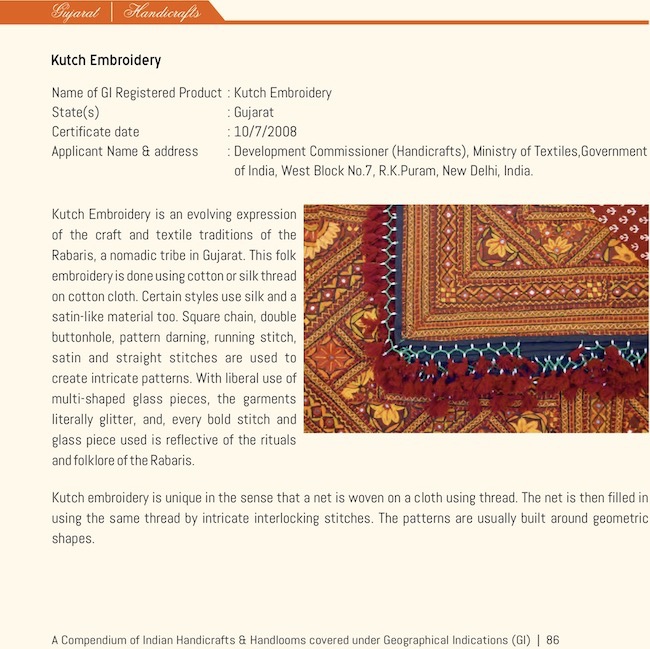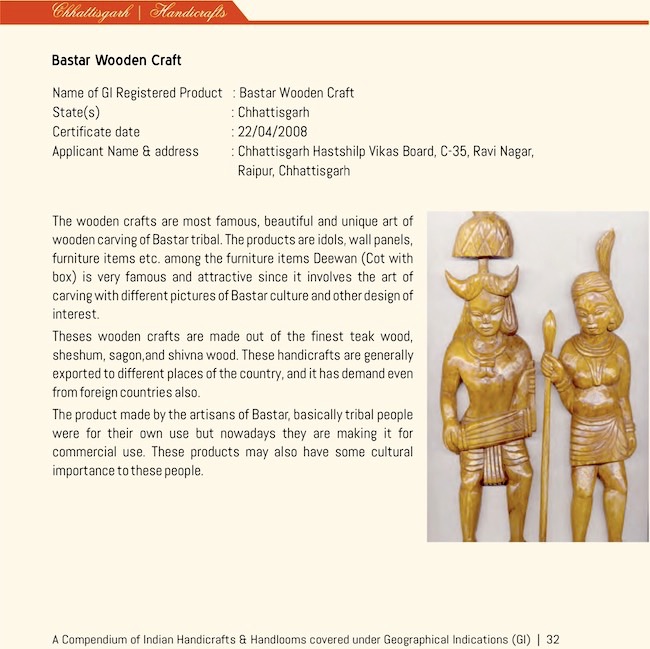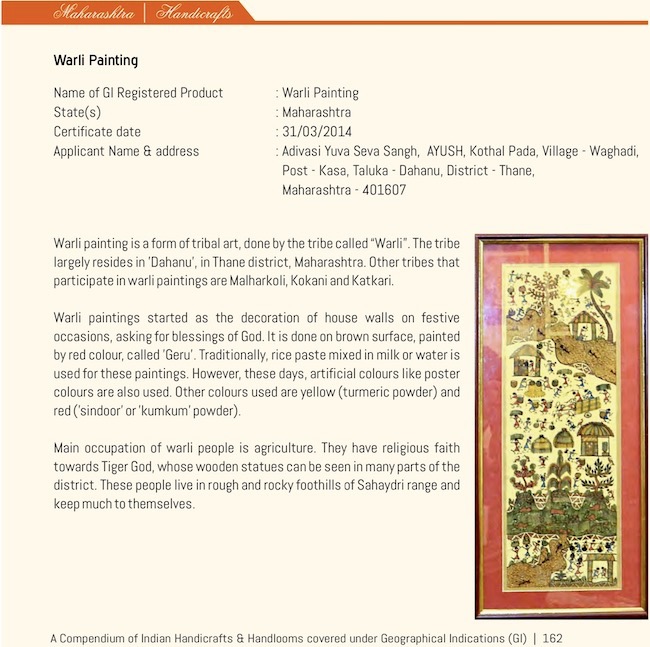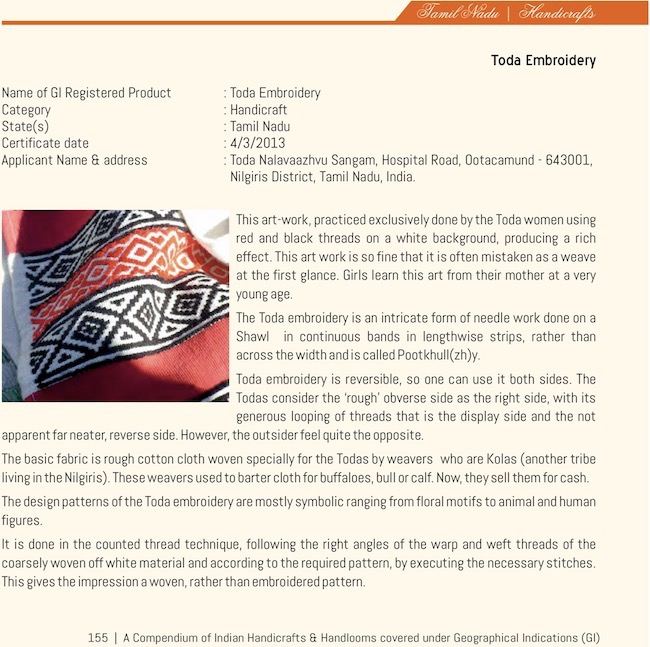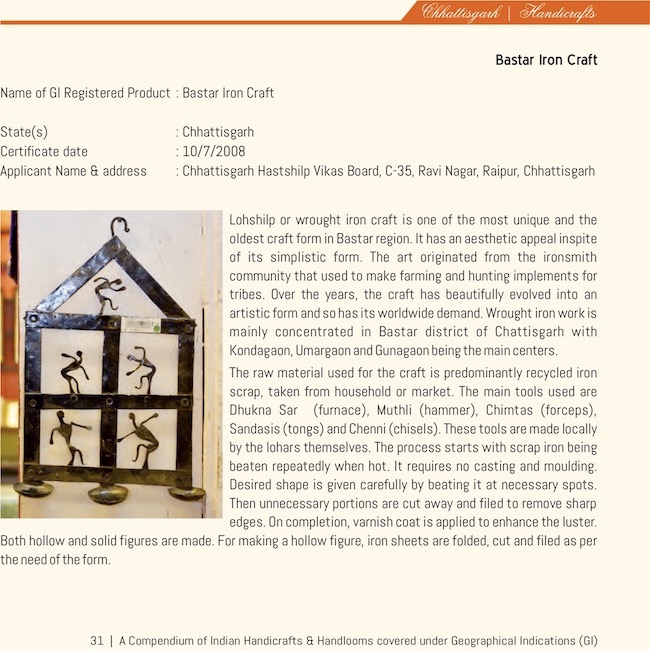Twenty years back, in June 1995, newly-wedded couple Sunil and Nirupama Deshpande picked up a remote village, Lavada in Melghat region as their home. “We wanted to live in a place where people needed us,” says Nirupama, a former MHADA employee and MSW from Tata Institute of Social Sciences, Mumbai. The two wanted to work on bamboo which grows in Melghat in abundance. With the help of Vinu Kale, another bamboo enthusiast who introduced them to bamboo craft, Sampoorna Bamboo Kendra was formed on June 11, 1996. […]
Sampoorna Bamboo Kendra undertakes training, research, organization and design development. So far, 5,000 tribal youth have taken training here and 20 other similar centres are operating around the country. The products are marketed through Venu Shilpi Audyogik Co-operative Society. This year the centre has had a turnover of Rs20 lakh. 150 bamboo items are made here, most popular being rakhis and coasters. “We are unable to make furniture as the power supply is meagre and means of transportation don’t exist,” says Deshpande. The couple is also focusing on agriculture and plantations. “Tribals treat it as their wealth and this would provide them means of livelihood,” he adds. […]
The duo has recently taken up a project for building bamboo bathrooms for women. “More than toilets, women need a bathroom as they bathe fully clothed in the open. This leads to improper hygiene and gives rise to diseases of skin and other areas,” says Nirupama. “We have created prefabricated bamboo bathrooms for them. The water from these flows into a kitchen garden,” she adds.
Currently, they are working on an ambitious Gram Gyanpeeth which will have nine faculties where students can learn to work on materials like metal, stone, cloth, leather, clay, bamboo to make artefacts and also acquire agriculture skills.
Source: “A bamboo boon for Melghat’s tribals” by Barkha Mathur, Times of India, 11 June 2015
Address: http://timesofindia.indiatimes.com/city/nagpur/A-bamboo-boon-for-Melghats-tribals/articleshow/47620585.cms
Date Visited: Thu Mar 03 2016 20:28:14 GMT+0100 (CET)
Source: A Compendium of Indian Handicrafts & Handlooms under
Geographical Indications (April 2017) | Find updates via custom search >>
Learn more about India’s tribal cultural heritage covered by this edition:
Bastar, Chhattisgarh, Gujarat, Maharashtra & Tamil Nadu >>
Tribal Arts in India: The National Inventory of Tribal Museums >>
Ethnographic Museums >>
The Gram Gyanpeeth or seat of rural knowledge is bound to be a unique entity when it comes into being a few years from now. Besides its concept, the institution will be known for the spirited effort at community level to preserve and propagate the original Indian way of life and associated philosophy.
Sunil Deshpande, the convenor of Rashtriya Karigar Panchayat (RKP) and Uttar Pradesh journalist Rupesh Pandey, among the key persons behind the effort to establish the Gyanpeeth, say establishment of the institution would incorporate gathering the ‘seeds’ of Indian way of life, studying it and propagating it with a view towards its protection.
The 1,000 villages located along the banks of river Narmada and on either side of the Vindhyachal mountain range have been selected for making a study of the various aspects of original Indian way of life, he added. […]
The gurukuls in bamboo craft and carpentry besides, pottery will start functioning at Lavadha in Maharashtra and Bankhedi and Bastar in Chhattisgarh will start functioning in the first-half of 2013.
The Kala Ashram at Adilabad will function as the nerve centre of the Gyanpeeth as it will produce teachers for the institution.
Source: “Gram Gyanpeeth: teaching Indian way of life” by S. Harpal Singh, The Hindu, 27 March 2012
Address: https://www.thehindu.com/todays-paper/tp-national/tp-andhrapradesh/gram-gyanpeeth-teaching-indian-way-of-life/article3249112.ece
Date Visited: 2 February 2022
[Bold typeface added above for emphasis]
Tribal communities in the central Indian region of Bastar:
Baiga | Bhatra | Dhruva | Gond | Halba | Madia | Maria | Muria
For additional learning resources visit the website of the Centre for Science and Environment (CSE), “a public interest research and advocacy organisation based in New Delhi”:
Communication for Awareness
CSE’s publications and informational products have been its strength and they have always combined research and readability to get the message across.
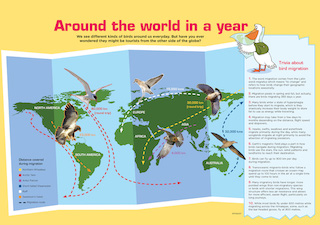
CSE’s tools for awareness raising are periodicals, publications, films/short spots, briefing papers, exhibitions, posters and other products. CSE’s informational products reach people in more diverse ways such as features service, website and e-news bulletins. […]
Source: About CSE
URL: https://www.cseindia.org
Date Visited: 10 July 2022
See also
Adivasi Academy & Museum of Adivasi Voice at Tejgadh
Atree.org | Ashoka Trust for Research in Ecology & the Environment (posts)
Biodiversity | Hyderabad biodiversity pledge | Nilgiri Biosphere
eBook | Background guide for education
Tips for using interactive maps
Toggle to normal view (from reader view) should the interactive map not be displayed by your tablet, smartphone or pc browser
For details and hyperlinks click on the rectangular button (left on the map’s header)
Scroll and click on one of the markers for information of special interest
Explore India’s tribal cultural heritage with the help of another interactive map >>
See also
Adverse inclusion | Casteism | Rural poverty
Demographic Status of Scheduled Tribe Population of India (Census figures 2011)
Fact checking | Figures, census and other statistics
Human Rights Commission (posts) | www.nhrc.nic.in (Government of India)
Search tips | Names of tribal communities, regions and states of India
“What is the Forest Rights Act about?” – Campaign for Survival and Dignity
“Who are Scheduled Tribes?” – Government of India (National Commission for Scheduled Tribes, NCST)
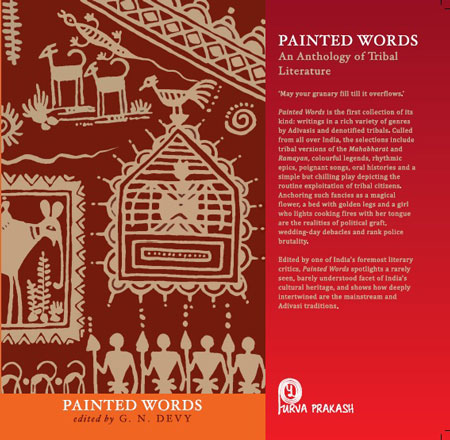
Tribal Literature by G.N. Devy >>
Free eBooks & Magazine: Adivasi literature and languages >>
“India, a union of states, is a Sovereign, Secular, Democratic Republic with a Parliamentary system of Government. The President is the constitutional head of Executive of the Union. In the states, the Governor, as the representative of the President, is the head of Executive. The system of government in states closely resembles that of the Union. There are 28 states and 8 Union territories in the country. Union Territories are administered by the President through an Administrator appointed by him/her. From the largest to the smallest, each State/UT of India has a unique demography, history and culture, dress, festivals, language etc. This section introduces you to the various States/UTs in the Country and urges you to explore their magnificent uniqueness…” – KnowIndia (Government), States and Union Territories (Visited: 2 September 2023)
Learn more about India’s 28 States and 8 Union Territories – From Andhra Pradesh to West Bengal | Nutrition >>
